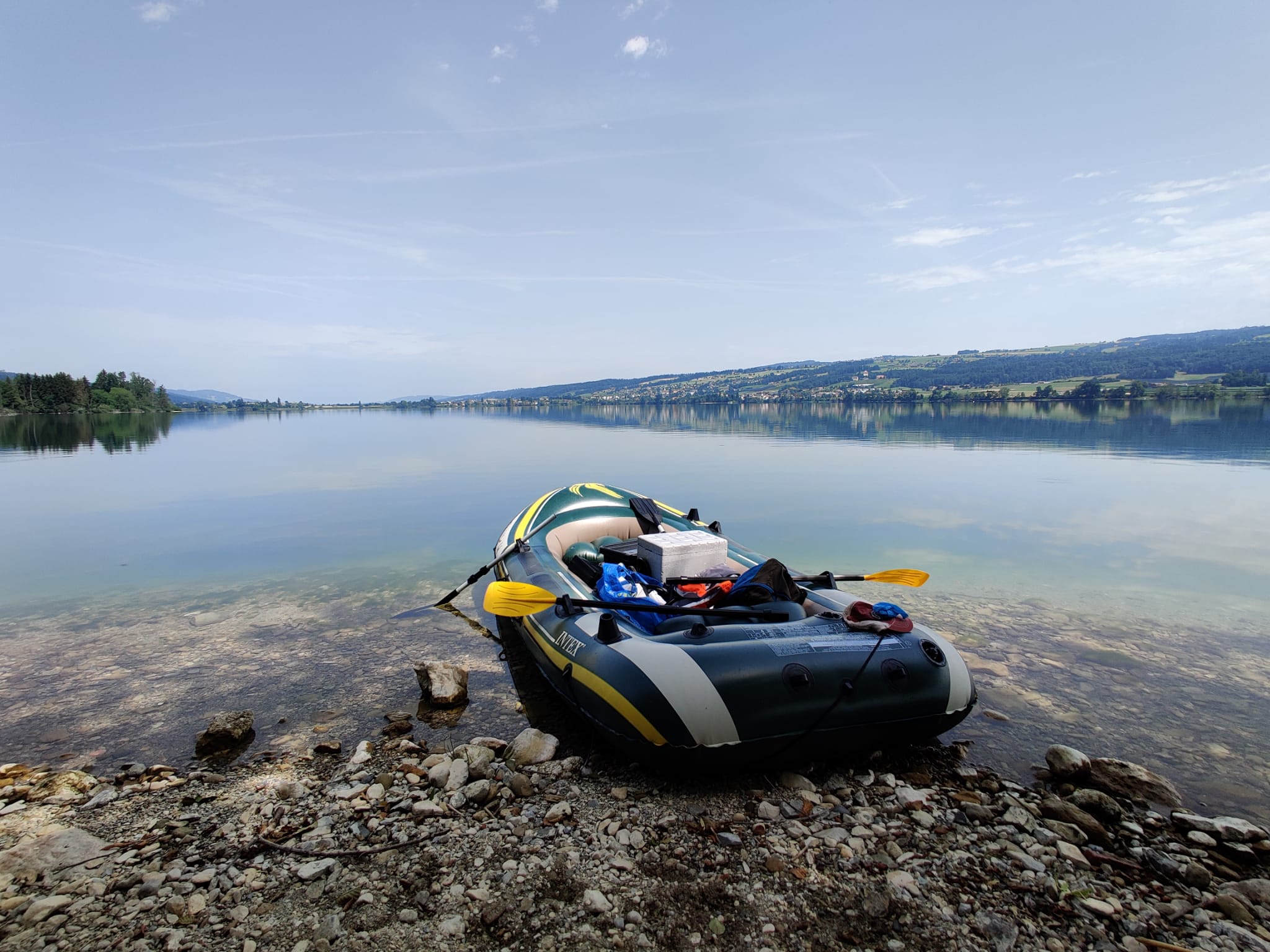Global effort to gather environmental DNA
Inspired by the United Nations International Day for Biological Diversity, ETH Zurich professor, Kristy Deiner and her research team launched “LeDNA” – a project to gather global biodiversity data from nearly 500 lakes with the help of citizen scientists in more than 80 countries.

It’s census day for biodiversity! Lakes and their connecting rivers interact with as much as 25 percent of the landmass on Earth, according to Kristy Deiner, professor of Environmental DNA (eDNA). On the UN’s International Day of Biodiversity, hundreds of scientists and citizen scientists will take eDNA samples from nearly 500 lakes around the world.
What is eDNA?
Like people, plants and animals are continuously shedding DNA as they move through the environment. The environmental DNA (eDNA) flows into rivers, streams, and groundwater that often culminate in one of the Earth’s 1.4 million lakes. “Environmental DNA is amazing,” says Deiner. “It is a way to make an unbiased observation of species and offers a powerful snapshot of the presence of all life.”
Capturing Earth’s biodiversity in one day
Deiner and her research team at ETH Zurich equipped nearly 300 small teams of volunteer scientists and citizens in more than 80 countries with water sampling kits to dip into local lakes. The samples will be taken near where rivers feed into the lakes and in the areas around the lake. Samples will be sent back to Switzerland for a study called, “LeDNA,” Dubbed “a first-of-its-kind” type project by the journal Nature, LeDNA will help scientists improve their understanding of Earth’s biodiversity and how lakes act as “biodiversity sensors in the landscape.”
Deiner asserts that eDNA sampling in lakes presents a paradigm shift that allows scientists to measure the pulse of the planet, and thanks to the global support for this project, she aims to take a snapshot of much of planet Earth’s biodiversity in a single day. “Through this global effort we are testing a scalable way to illuminate and celebrate the incredible life with which we share our planet,” Deiner comments.
Deciphering species in the soup
Over the past 50 years scientists have been sequencing the DNA of plants and animals building up a vast database. Despite the fact that DNA degrades as quickly as a few hours in water, it can persist longer and it is this fact that this project relies on so that DNA that has been transported to a lake can still be detected. The sampling kits include a filter that, when placed in a small tube, preserve the samples for up to 6 months. Deiner and her team anticipate that with new, sensitive technologies the team will be able to identify species from the DNA collected in lakes and match it to existing species in scientific databases.
Ultimately, they aim to show that lakes represent not just the fish and plants in the lake, but also the animals and plants that live on land near the rivers that feed into the lake. The team will also try to decipher how species in various habitats might be interacting with one another. They anticipate the samples will show the differences in biodiversity in geographical regions from Argentina to Zimbabwe, and from Australia to Iceland.
Media Resources
Quotes from Kristy Deiner, Professor of Environmental DNA, ETH Zurich
“We are excited what we learn about the state of biodiversity using this single day snapshot from around the world.”
“As humans we are reliant on, as well as apart of, biodiversity. Using environmental DNA technologies developed at ETH Zurich we have enabled a way to collaborate globally and contribute to what we know about the state of biodiversity.”
“On the UN’s International Day of Biodiversity, we aim to show that by sampling eDNA from lakes we can create a scalable way to illuminate and celebrate the incredible life with which we share our planet.”
More information on LeDNA project and eDNA
• Nature article: external page “Why citizen scientists are gathering DNA from hundreds of lakes — on the same day”
• external page Science Friday podcast
• LeDNA Environmental DNA project at ETH Zurich, funded by a grant from the European Research Council
• external page European Research Council
• external page United Nations International Day for Biodiversity 2024
Media Contacts
• Kristy Deiner, Professor of Environmental DNA, ETH Zurich
kristy.deiner@usys.ethz.ch
• Marianne Lucien, International Communications Officer, ETH Zurich
marianne.lucien@hk.ethz.ch
Images and illustrations
Download from ETH Zurich’s Polybox
Please credit images to “ETH Zurich / Kristy Deiner”
Social Media / Hashtags
#eDNA
#BiodiversityDay
#PartOfThePlan
#ForNature
Follow ETH Zurich research
external page Instagram
external page Facebook
external page Linkedin
X @ETH_en
Follow Dr. Kristy Deiner and her research team’s work
external page Linkedin
external page SimplexDNA
X @alpineedna